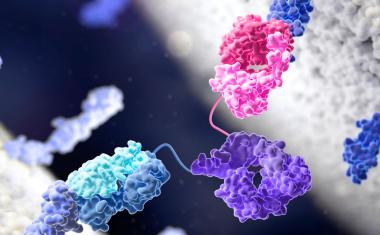Avoid Information Cuts and Delays with Persistent Standards

Complexity management
G. Gruber: Because of the high complexity of supply chains, risks and vulnerability rise constantly and considerably. According to the Risk Barometer by insurance company Allianz, business and supply-chain interruptions and natural disasters are among the major risks that continue to occupy the attention of companies in 2014. In addition, they need to follow a wide variety of rules, certificates and laws. After 09/11 alone, four different black lists were developed by four different U.S. agencies. As a consequence, the USA launched 12 security initiatives in the form of laws or voluntary agreements. The European Union currently has 10 anti-terror compliance rules. This demonstrates very well how complex the issue of security in the supply chain has become.
As each supply chain eventually is unique, service providers and customers jointly have to assess the particular risks. This is done by means of an extensive risk analysis, including identification and classification. Based on this, suitable means of risk minimization can be developed and implemented for the individual supply chain, be it a disaster recovery plan regarding data security, alternative supply chains (bypass) or buffer stock.
The complexity could partly be solved by using persistent standards as far as interfaces both in the real supply chain and regarding the data flow. That way information cuts and delays could be avoided. Across all systems, all data could be persistently available. In this regard, radio-frequency identification (RFID) technology offers promising approaches even today.
Standardization of logistics processes
G. Gruber: A contract logistics service invariably is an individual and customer-related service. Standardizations can be helpful with regard to data interfaces, packaging and the securing of loads. Oftentimes packaging units cater exactly to the packaging and processing needs of a product. On the other hand, they neglect the aspects of efficient and easy handling in transshipment and during transport. In addition, the ever-increasing demands with regard to the securing of loads are not sufficiently respected, either.















